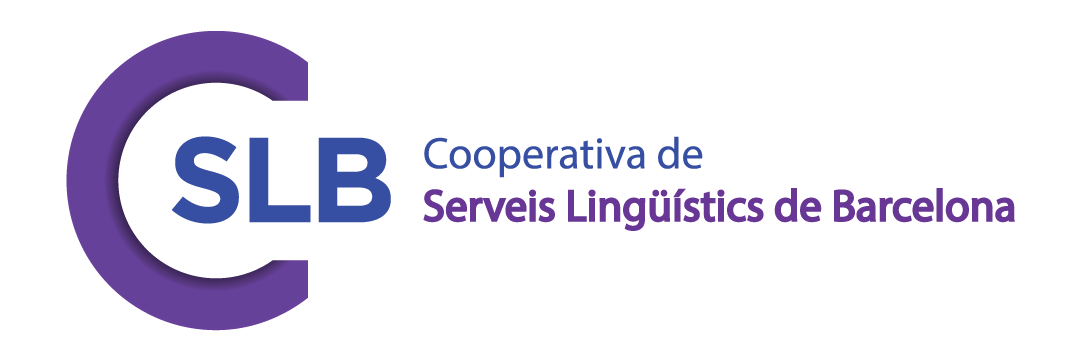Why use instant messaging for language learning?
Since 2017, teachers and researchers at the University of Barcelona have been looking into the ways in which instant messaging (IM) can be used to help learners practise their language skills in and outside the classroom. Whatsapp in particular is an IM app that’s used by more than 90% of under-30s in Spain, and lets users share photos, videos, reactions and more. However, other apps could be used to mobilise instant messaging for language learning.
For researchers who know that creating a learning community is key to success in EFL, instant messaging groups make for fertile ground. Exposure to and immersion in the language can be increased from the two or three hours of weekly class time that are commonplace in EFL courses, climbing to seven or eight hours depending on the group dynamic. An IM community can also act as a strong motivator for language learners, providing a comfortable environment for students to share problems and resolve doubts relating to the course and content. What’s more, sending an instant message falls neatly in the middle of what Peter Skehan (2009) has called the accuracy/fluency trade-off; messages need to be replied to in a timely manner if the thread of the conversation is to be kept alive, but there is enough time for learners to plan and review their output.
The projects, which are ongoing, aim to find out what the most effective types of activity are, as well as observe the effects of teacher feedback and student motivation. The results that have already been published are listed at the end of this post, and we can expect more in the near future. Until then, why not try out Whatsapp as a tool with your own students?
Here are five activities that use instant messaging for language learning. Why not give them a try?
Five activities which use instant messaging for language learning
1. Holiday picture
The teacher starts by posting a picture of themselves on holiday. Students post their guesses about where the teacher is, along with their reasoning. The first one to guess correctly then posts a video or image of one of their holidays, and the activity can continue.
Given our recent travel restrictions, this could be adapted to simply posting images from some part of the place you live – the less obvious, the better. Perhaps points can be awarded based on how unknown or difficult to recognise the place is.
2. Agony aunt
Start by posting a real (or imagined) grievance you have with a neighbour/colleague/partner, asking the group for advice. Once the problems has been resolved, keep the conversation going by:
- Asking in the group if anyone has any problems they need help with
- Messaging a student directly to ask them to post a problem (maybe give them a ready-made grievance if they need inspiration)
3. Fake news
Adapted from a Cristina Cabal activity. In private, share a link to a news article with some students from the group. Ask them to post it to the group over the next few days. Once everyone has had a chance to read/catch up and discuss, drop the bombshell in the group that one of the articles is fake news. Students then chat about which one it is.
4. End of term party
This is about as authentic as it gets. Announce that the last class of the term will be a celebration, and that the class will be allowed to do something different (such as go out for a coffee, a museum visit, have a party in class, etc.). Students now need to organise the event, and can appoint different roles such as lead organizer or person in charge of food. If you wish, you could complexify it by assigning secret objectives to some students, such as ‘you want the party as close to the school as possible’.
5. Word/Emoji games
A lot of classroom games transfer well to IM apps. Balderdash, for example, is a game where players post one made-up word along with two real ones. Competitors ask for definitions and examples, then have to guess which one is the fake word. Other games like word association or riddles also work well, as do guessing games using emojis (describe a book / TV show / person using only emojis).
Wrapping up
Needless to say, you can maximise the benefit from these activities by asking students to make note of the doubts and questions that arise as they communicate, as well as by noting down yourself any errors or language that you want to use for feedback. Come to class with screenshots, or simply ask students to take out their phones and direct them to the message you want to focus on.
Although a Whatsapp group can be a hard slog at the start, the ultimate goal is that students begin to take ownership of the group and use it for genuine, authentic communication in the target language.
Do you have any more suggestions for using instant messaging for language learning? Please post them in the comments below!
References
Skehan, P. (2009). Modelling second language performance: Integrating complexity, accuracy, fluency, and lexis. Applied Linguistics, 30(4), 510–532.
Tragant, E., Pinyana, À., Mackay, J., & Andria, M. (2020). Extending language learning beyond the EFL classroom through WhatsApp. Computer Assisted Language Learning, 1-30.
See also ‘Make me feel English language part of my life’: Using WhatsApp beyond the classroom’ by J Mackay, E Tragant – EUROCALL Conference, 2019


